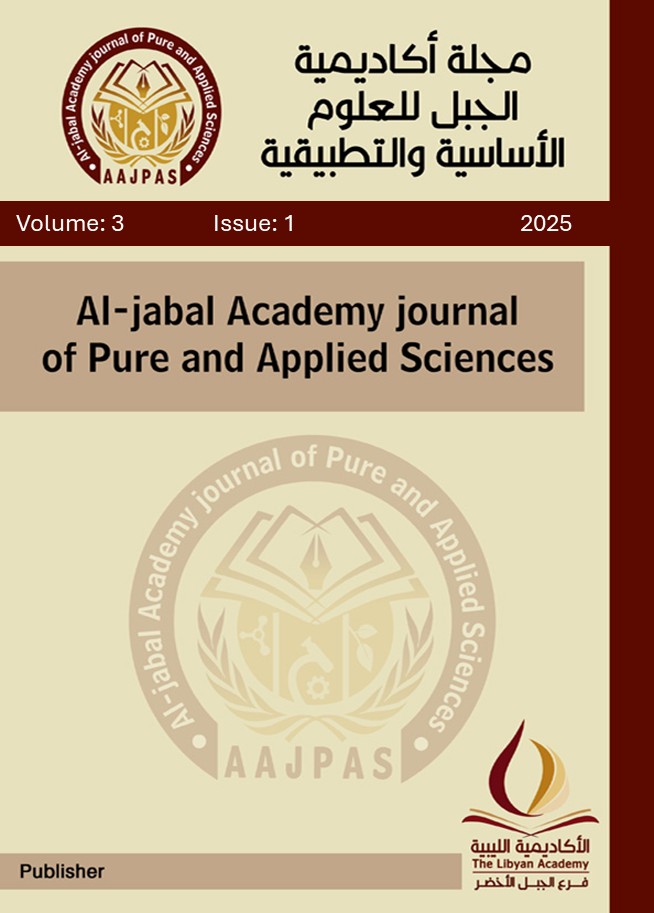Prevalence and Use of Non-Pharmacological Home Remedies in Eastern Libya: A Cross-Sectional Survey
DOI:
https://doi.org/10.58309/4r35w234Keywords:
Non-pharmacological , Home remedies, Primary care, Eastern LibyaAbstract
Non-pharmacological home remedies (NPHRs) have the potential to be readily accessible and widely accepted for the management of common disorders in primary care settings. This study aimed to investigate the prevalence and use of NPHRs in Eastern Libya. A self-administered questionnaire was disseminated to Eastern Libya's general population from February to July 2024, examining their knowledge, experience, health status, motivations for use or non-use, awareness, perception, and commonly used home remedies and herbs. The study included 637 participants, comprising 64.7% females and 35.3% males. NPHR use was prevalent (62.8%), and knowledge was mainly provided by parents (48.3%) and herbalists (28.0%). Only 27.5% consulted healthcare professionals regarding herbal remedies. While 36.8% knew of side effects or toxicity, 2.3% reported adverse effects. The prevalence of NPHRs in Eastern Libya highlights their cultural importance in primary health care. Future research should assess the efficacy and safety of these remedies and consider their integration into conventional medicine for more comprehensive patient care.
Downloads
Published
Issue
Section
License
Copyright (c) 2025 Muhammad A. Alkerimi, Taher I. Shailabi, Salma M. Shalouf, Aya M. Alzalawi, Salma A. Abdulwanis, Amnnah M. Ramadhan, Ayah M. Aboudhawi

This work is licensed under a Creative Commons Attribution-NonCommercial 4.0 International License.
Articles Copyright Published by Al-Jabal Academy Journal of Pure and Applied Sciences (AAJPAS) is retained to the author(s), who grant AAJPAS a license to publish the article. Also they accept the article remains published by AAJPAS website (except in occasion of a retraction of the article).







